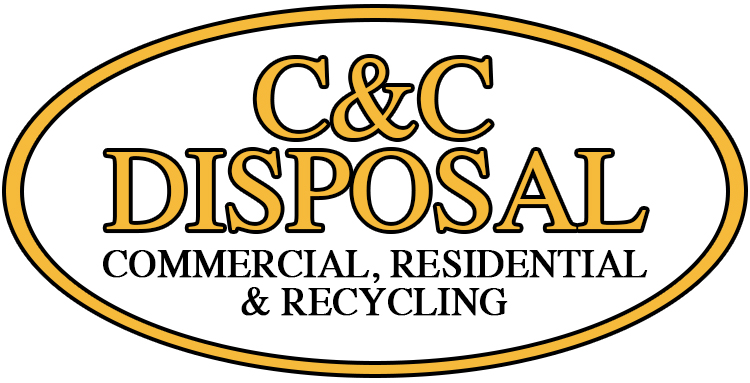
Super Bowl host cities benefit from this annual sporting event. It is a boost to the local economy as visitors flock in. About half a million fans are expected to travel to Las Vegas for Super Bowl LVIII taking place on February 11 this year.
They’ll spend money on hotels, car rentals, tickets, and of course, food and beverages at the big game. With this many people, there is a massive accumulation of garbage. This all needs to be disposed of and can have a significant impact on the local environment.
- Amount of Yearly Super Bowl Trash
The garbage from a Super Bowl can be up to twice the amount of waste from a typical NFL game.
Groh explains that while a regular season NFL game can generate from 30 to 40 tons of solid waste, this year’s Super Bowl will likely end up with almost 60 tons of trash tossed out on February 11th. In past years, the average amount of trash reached 44 tons. In fact, stadium fans discard an estimated one to two pounds each at a game. With attendance at Super Bowl LVIII expected to reach over 65,000, this adds up to significant amounts of waste to deal with.
- Types of Super Bowl Trash
What are fans tossing out at the game? The trash is largely food waste, including discarded food, paper wrappers, cardboard containers, paper napkins, and single-use plastics. Beverage waste is another large component of Super Bowl trash, from bottles to foam cups to straws and wrappers. Promotional materials and fan memorabilia are also discarded in the stadium, including programs and advertisements.
- Complications with Waste Management
When the game between the San Francisco 49ers and the Kansas City Chiefs wraps up, cleanup crews will get right to work. The NFL Green initiative aims to divert over 90 percent of that waste out of Las Vegas area landfills. There are plans to compost food waste, transport unused food to local farmers for animal feed, recycle paper waste, and sort glass and aluminum.
But not all waste can be recycled or composted. The remaining 10 percent of waste will likely be incinerated, with a small remainder transported to area landfills.
At the end of each Super Bowl, the Food Recovery Network (FRN) comes in to sort and claim unused food. Much of this is quickly loaded into refrigerated trucks and transported to local rescue missions and food pantries.
The Environmental Impact of Waste from Large Events
There is no doubt that the Super Bowl has a large waste footprint. Every year around the globe, large events generate similar amounts of trash. These include large music festivals, international conferences, and other sports competitions.
There are initiatives to lessen this impact. After some major sporting events, special sorting crews are sent in to collect recyclable material before the clean-up crew starts work. Single-use plastic cups are being replaced by aluminum cups. And some stadiums are experimenting with innovative technology, from reverse vending machines that collect recyclables in exchange for rewards to large mobile sorting and compacting units that can sort large amounts of waste on-site.
The environmental impact from the size and number of these events with tons and tons of waste cannot be ignored. Waste management is an ongoing challenge that must be addressed for every event. The development of proper waste management at these events is evolving, with a goal of keeping trash out of the area’s landfills and recycling or reusing as much as possible.

Recent Comments